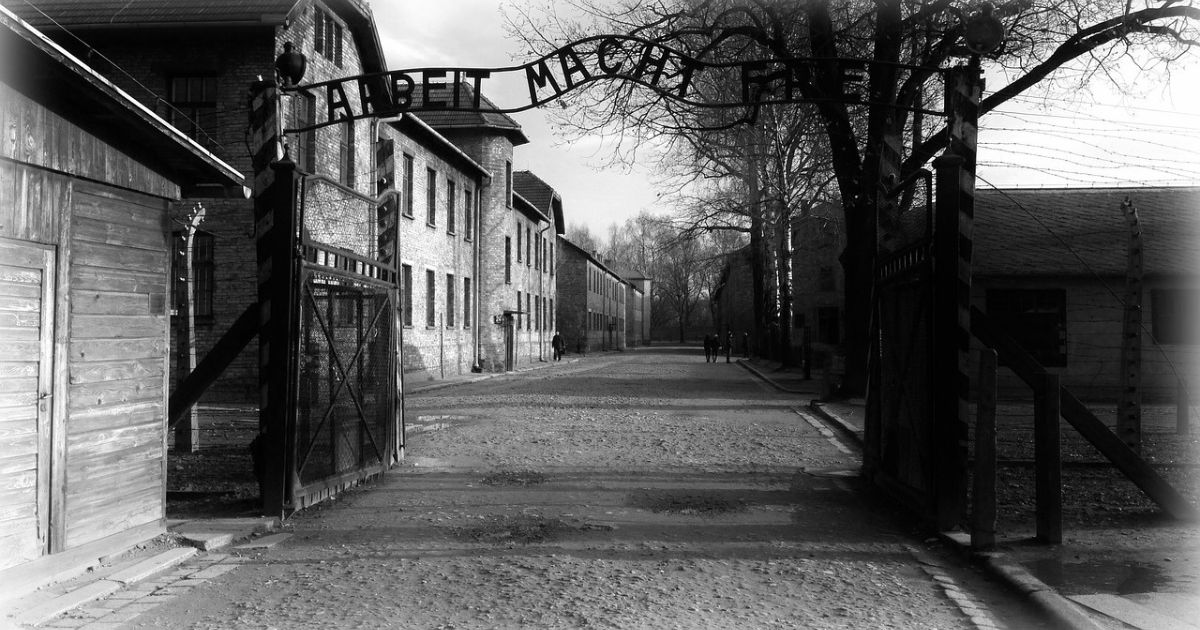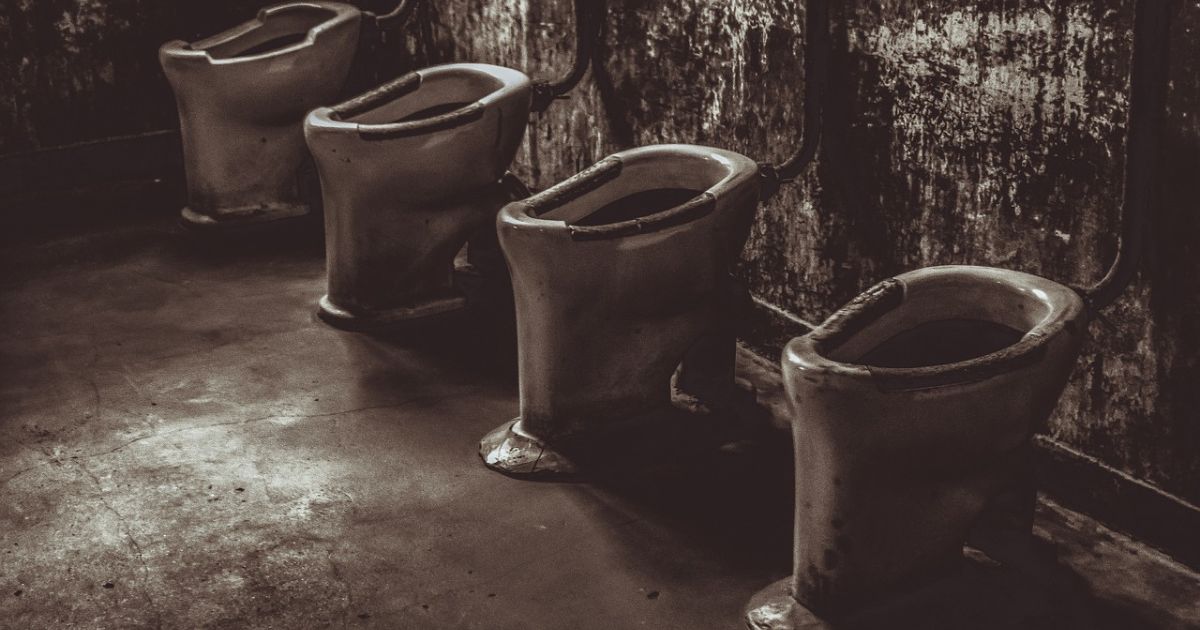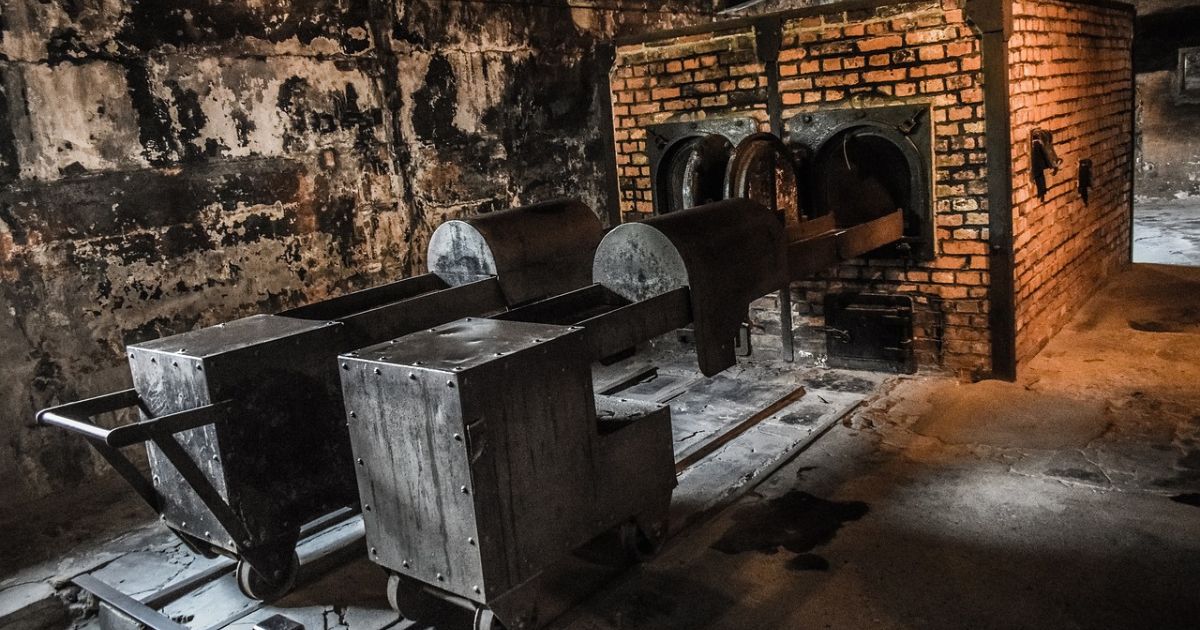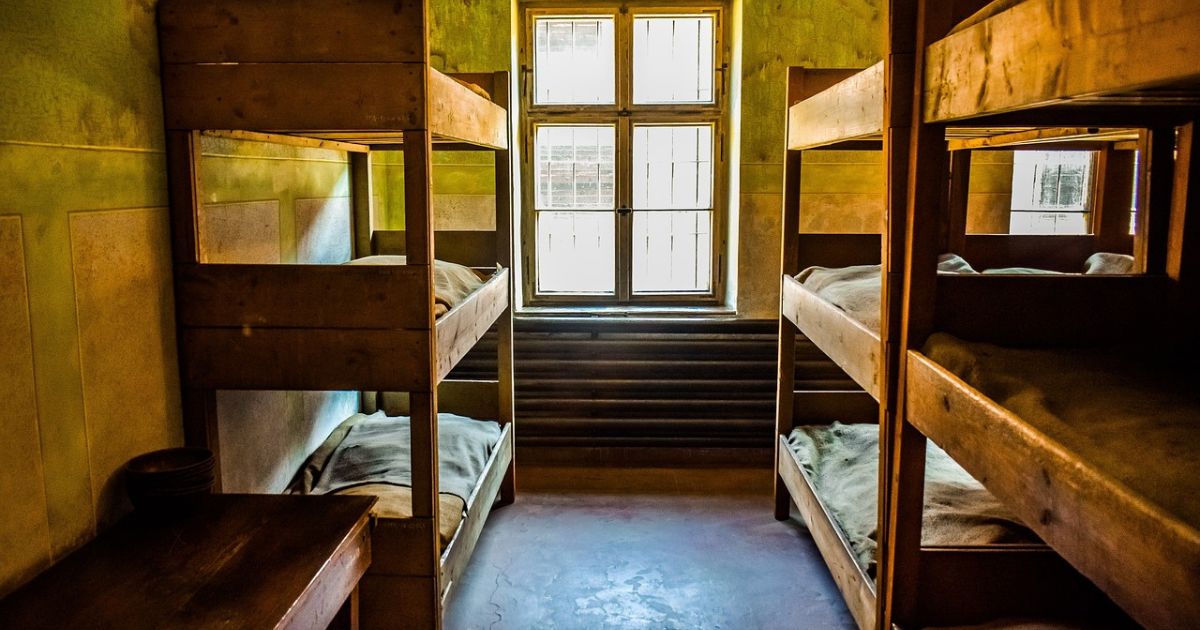German Concentration Camps in Poland During World War II
During the Second World War, the German Third Reich established a series of concentration and extermination camps in occupied Poland as part of their racial policy and plan for the genocide of Jews. The establishment of these camps represented one of the darkest periods in human history.
| Concentration Camp | Location | Estimated Number of Victims | Date Established |
|---|---|---|---|
| Auschwitz-Birkenau | Oswiecim | 1.1 Million1 | May 1940 |
| Belzec | Belzec | 434,5002 | March 1942 |
| Chelmno | Chelmno on Ner | 320,0003 | December 1941 |
| Majdanek | Lublin | 78,0004 | July 1941 |
| Sobibor | Sobibor | 170,0005 | May 1942 |
| Treblinka | Treblinka | 925,0006 | July 1942 |
*Please note that these are rough estimates, as the exact numbers are hard to determine due to the nature of the crimes committed and the lack of complete records.

Establishment of the Camps
The first German Nazi concentration camp in Poland was established in 1940 in the town of Oswiecim, known as Auschwitz-Birkenau. Between 1941 and 1945, six extermination camps were set up in German-occupied Poland, including Auschwitz, Belzec, Chelmno, Majdanek, Sobibor, and Treblinka.
These camps were designed to carry out the systematic genocide of European Jews, a plan that the Nazis termed the “Final Solution.”

Prisoner Population and Living Conditions
Millions of people, primarily Jews, were imprisoned in these camps. They were subjected to inhumane conditions, including overcrowding, starvation, forced labor, and disease. Prisoners were also subjected to brutal physical abuse and medical experiments.

Atrocities Committed
The atrocities committed in these camps are numerous and horrifying. Examples include mass shootings, gas chambers, and medical experiments. Forced labor was common, with prisoners put to work in various industries, including armaments production.
The camps also served as killing centers where genocide was carried out on an industrial scale.

Consequences and Impact
The death toll from these extermination camps is staggering. It is estimated that approximately 3 million Jews were killed in Auschwitz-Birkenau alone. The total number of deaths across all camps is estimated to be around 6 million. These figures represent a significant portion of the Jewish population of Europe at the time.
The impact of these camps on Polish society was profound. Many communities were entirely wiped out, and the psychological trauma endured by survivors has had long-lasting effects. The extermination camps also led to significant property loss and economic damage.
International Response and Prevention
The atrocities committed in these camps were met with international outrage when they came to light. The Nuremberg Trials held after World War II saw many Nazi officials tried and convicted for crimes against humanity.
These events have played a significant role in shaping international laws regarding genocide and crimes against humanity. The memory of the Holocaust continues to inform efforts to prevent such atrocities in the future.
In conclusion, the history of German concentration camps in Poland during World War II is a grim reminder of the horrors that can be perpetrated in times of conflict. It underlines the importance of vigilance, education, and the rule of law in preventing such atrocities from occurring again.




